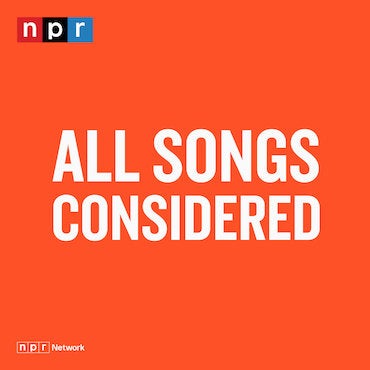Paying patients, doctors works to lower cholesterol, Penn study finds
 Photo via ShutterStock) " title="shutterstock_126648713" width="1" height="1"/>
Photo via ShutterStock) " title="shutterstock_126648713" width="1" height="1"/>
(Photo via ShutterStock)
In the battle to control high cholesterol, cash is a surprisingly good motivator.
According to a new study from the University of Pennsylvania, financial incentives can successfully lower the amount of LDL, or “bad” cholesterol, in the blood of patients at-risk for heart attacks — but only if patients and doctors share the rewards.
The result suggests simply awarding doctors bonuses, which is becoming increasingly common in pay-for-performance programs, doesn’t lead to the best outcomes.
“It really takes two to tango,” said David Asch, director of the Penn Medicine Center for Health Care Innovation and lead author of the work. “It takes a physician to prescribe medication, and it takes the patient to take the medication.”
Cholesterol-lowering statins reduce the risk of heart attack by about 30 percent, and are generally safe and inexpensive. Yet patients often struggle to take the pills regularly, and physicians are not always aggressive enough about prescribing them.
The study, which was published this week in the journal JAMA, is the first to compare the effectiveness of physician, patient, and shared incentives.
While money to doctors increased prescribing — and funds to patients upped adherence — neither model significantly lowered cholesterol levels. In both cases, the amounts totaled about $1,000 over the course of a year, with physicians receiving quarterly payments if patients met cholesterol targets. Patients got daily cash prizes doled out in lotteries, depending on whether they took their pills.
In contrast, the shared payment strategy, in which each participant received half as much, lowered cholesterol by an average of 34 points, or 8.5 below controls.
“It’s really that combination of physician and patient engagement that seemed to be particularly effective in this case,” said senior author Kevin Volpp, who is also the director of the center for health incentives and behavioral economics at Penn.
The cholesterol reduction is modest, but Asch called it a success.
“Any movement in the LDL cholesterol we should celebrate,” he said, “because in this study we studied the hardest patients to take care of.”
Some might bristle at giving participants money for things they should be doing anyway, but Asch noted that the incentive plan is not that far away from our current system. The “bribery” was also carefully calculated according to behavioral economics principles.
“It wasn’t just take your pill and get a buck,” he said. “We gamified it; we created a sweepstakes system that capitalized on variable rewards; regret; a variety of other elements to help patients along in the journey towards better health.”
Next, the team plans to see if the shared incentive is cost effective, and whether it might work for other chronic diseases, including diabetes.
WHYY is your source for fact-based, in-depth journalism and information. As a nonprofit organization, we rely on financial support from readers like you. Please give today.

